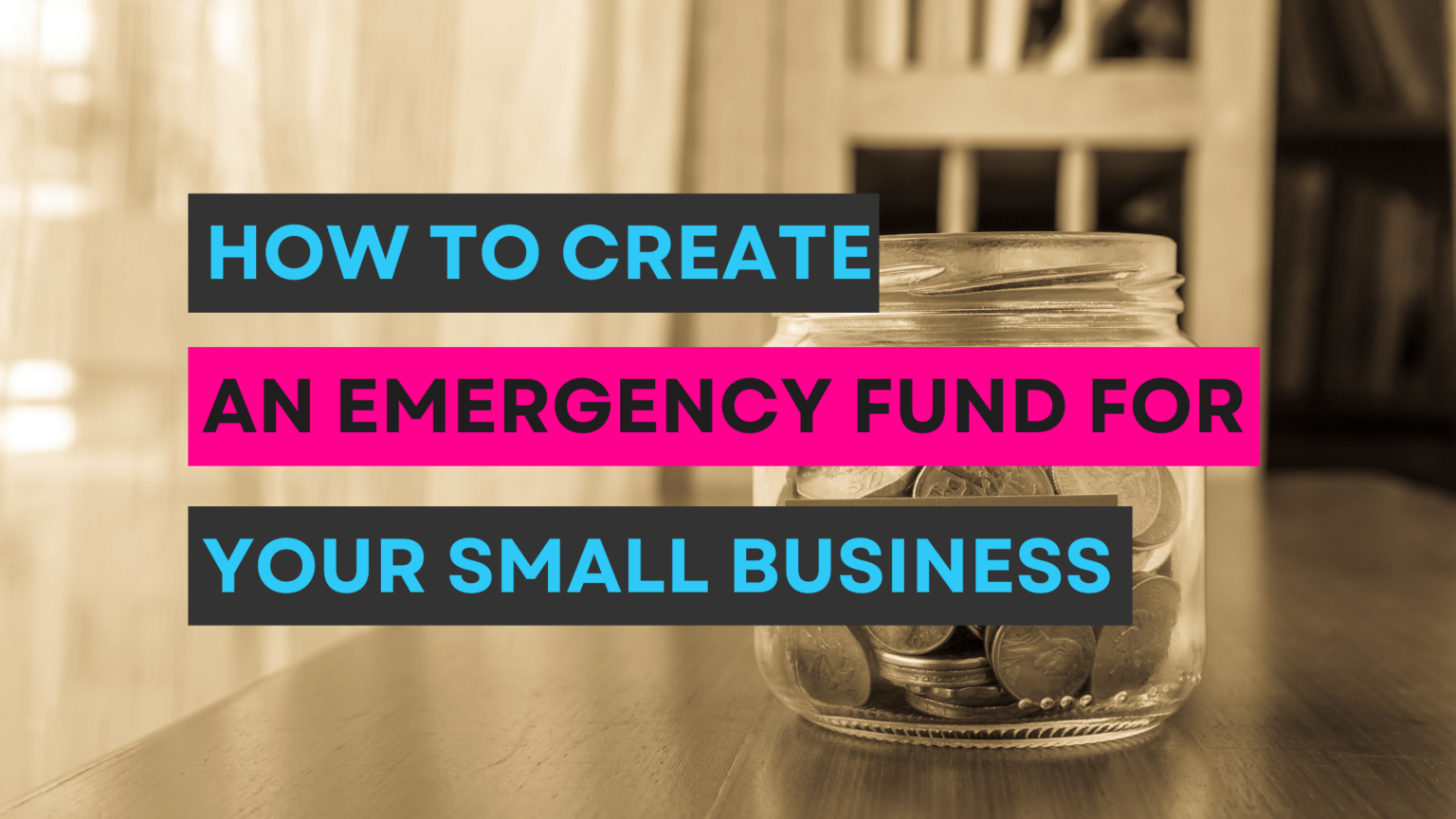
It almost goes without saying that you should create an emergency fund for your small business. Running a business can be unpredictable and, as the saying goes, even the best laid plans often go awry. It’s important to create a safety net to prepare yourself for unforeseen circumstances so that your business can weather the storm without running out of cash. We’ve compiled a list of seven easy ways to create an emergency fund for your small business so that you’re prepared for bumps in the road.
Of course, it’s best to have a cash reserve but a line of credit can be very useful in emergencies. A line of credit is essentially a hybrid between a credit card and a bank loan. It is a set amount of money that you can borrow as needed. However, you don’t have to pay interest on this amount until you actually use it, and you can borrow in increments, much like a credit card. You then pay it off as you would a traditional bank loan. This is a good option for emergency funds.
A business credit card is great for earning points and gaining payment protection, but it can also be used to smooth over cash flow issues. It’s important to manage your card responsibly and refrain from overspending, but it can be very useful to keep cash flowing in a pinch.
We all love receiving a tax rebate but it’s all too easy to spend it on a ‘treat’, such as a flashy new coffee machine for the office. However, you’re much better off setting your tax rebate money aside and keeping it for emergencies. An espresso machine is nice to have, but it won’t help you much when you need to fork out for equipment repairs.
Use your accounting software or business bank account features to generate a spending analysis. This will help you to see where you can cut back on costs and put the money into an emergency fund instead. Cutting away at unnecessary costs is one of the best ways to save your business money.
Setting up direct debits for your business expenses can help you to manage your cash flow and create a regular payment schedule so that you avoid nasty surprises. There’s nothing worse than a big, forgotten expense! You can also create a direct debit to help you save for an emergency fund. Start by setting aside a relatively small amount each month and increase it if necessary; it’s important not to inhibit your business growth.
When you’re setting aside money for emergencies, you may as well earn some interest while you’re at it. Of course, you need to keep the money in a place where you can access it quickly and easily – otherwise it ceases to be an emergency resource – but why not shop around for an account with a good interest account to boost your savings even further?
Last but not least, you need to be realistic when it comes to setting aside an emergency fund. It is important to set aside cash for emergencies but don’t be overzealous. It’s important to balance saving money against investing in business growth. Instead of slashing away at your budget, make saving for emergencies a conscious part of your business plan. If in doubt, speak to your accountant or financial advisor about how to balance saving for emergencies against business growth.